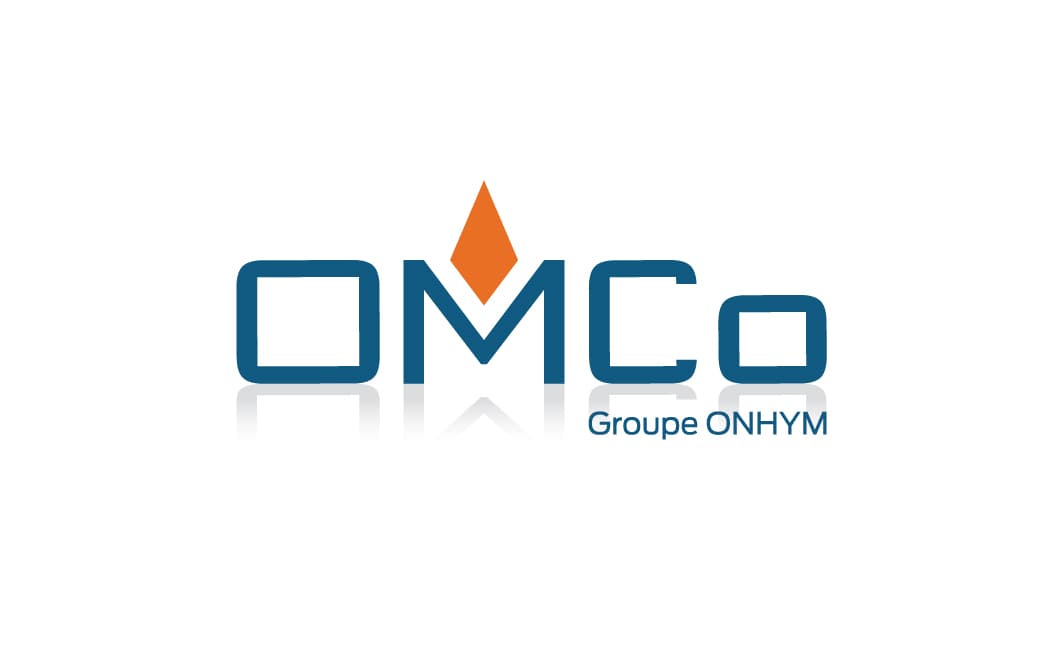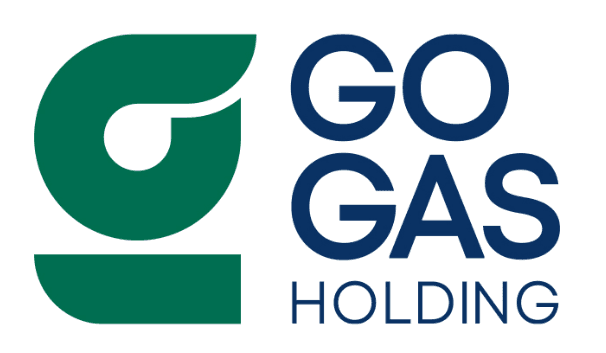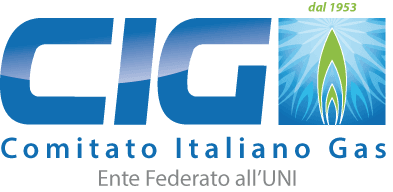Gas for Africa Report 2025
The 2025 edition of the Gas for Africa Report examines Africa’s broader energy deficit, which goes far beyond just household electricity or clean cooking. Access, although vital, is only a part of a much larger systemic gap. This report offers vital updates on Africa’s natural gas sector, covering domestic monetisation and export infrastructure. It builds on the findings of the 2023 Gas for Africa Report and reinforces the case for a pragmatic utilisation of African natural gas resources to create a secure and sustainable energy future for the continent – economically, socially, and environmentally.
Underground Gas Storage - A Critical Pillar for Energy Security
Underground Gas Storage (UGS) plays a pivotal role in addressing the challenges associated with meeting peak Gas demand and responding to periods of renewable energy intermittence. By enabling the storage of large Gas volumes, UGS helps energy markets navigate seasonal shifts, absorb short-term shocks, and ensure reliable, timely delivery to consumers. It balances supply and demand, stabilises transmission networks, enhances energy security, supports efficient market operations, and optimises production flows—making it a critical enabler of integrated and resilient energy systems.
Gas in Transition - September 2025
Our global Gas industry is increasingly reducing emissions by pursuing lower-carbon technologies through innovation, collaboration, and investment. We understand that targeted investments in zero and low carbon molecules are essential, and these options include the scale-up of renewable gas (biomethane), bio-LNG, e-methane, CCS and CUS, and the integration of hydrogen.
Global Gas Report 2025
Natural gas is positioned as the most scalable and responsive solution to meet growing power needs and stabilise grids. Natural gas demand rose globally by 78 billion cubic meters (1.9%) in 2024, reaching 4,122 billion cubic meters (bcm), and is expected to continue growing in 2025 by 71 bcm (1.7%), according to the 2025 Global Gas Report by the International Gas Union (IGU) and Snam released today.
Join us in Qatar for the LNG2026
The 21st International Conference & Exhibition on Liquefied Natural Gas (LNG2026) will take place in Doha, Qatar, on 2-5 February 2026, under the patronage of His Highness Sheikh Tamim bin Hamad Al Thani, the Amir of the State of Qatar. LNG2026 is the leading global LNG industry conference and exhibition, offering industry leaders, decision-makers, and innovators the chance to discuss and debate the latest developments, emerging technologies, and market trends impacting the industry. Take part in the conference’s programme and submit your abstract today.
IGU Manifesto
As the world faces growing uncertainty, the Gas industry is essential to building more prosperous, secure and sustainable societies for everyone. Gas is essential to human progress and global growth, and its role in a just and orderly global energy transition is critical. Energy security, energy sustainability and tackling energy poverty make Gas, in all its forms, a fundamental energy source for the humanity and for our progress towards decarbonisation and methane emission mitigation. Heating, cooling, refrigeration, industrialisation, electricity, economic development and scientific progress depend on Gas.
Members of IGU
Members of IGU


































































































































































































































































































Explore topics:



Upcoming event: LNG Conference 2026
Continuing the esteemed LNG Conference Series, which has been a cornerstone of the international LNG sector for over 56 years.
2-5 February 2026 - Doha, Qatar

Our Global Footprint
We represent the global gas value chain, with members in over 80 countries across six continents, covering almost 90% of the global gas market: from the supply of natural and decarbonised gas, renewable gas and hydrogen, through to their transmission and distribution, and all the way to the point of use.
Subscribe to Our Newsletter
Stay updated with the latest news, insights, and updates from IGU. Sign up for our newsletters and never miss a beat—straight to your inbox
Registration successful
Thank you for signing up — stay tuned for the latest updates and news!









